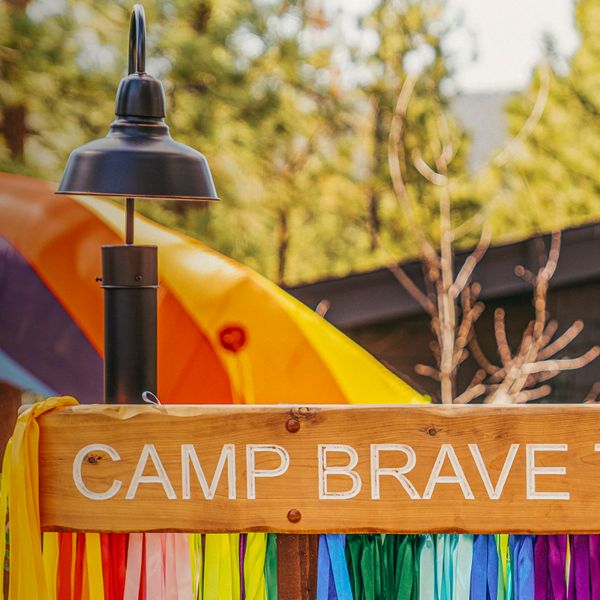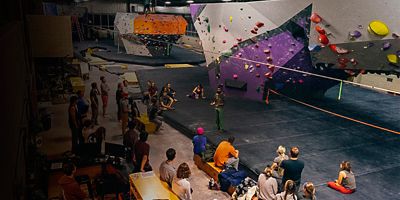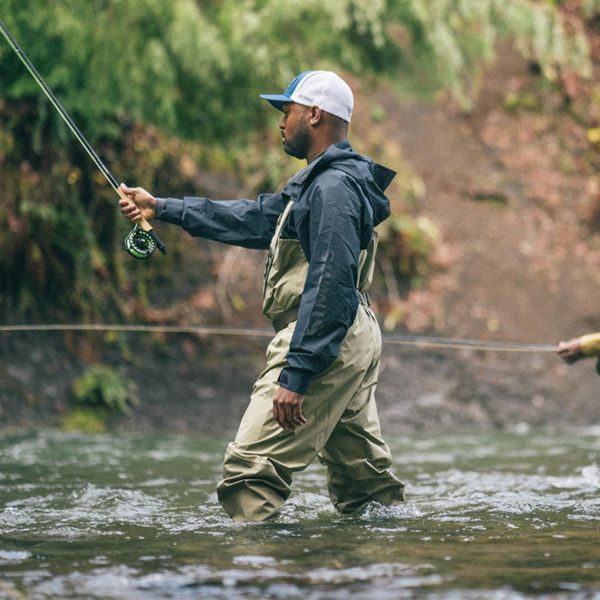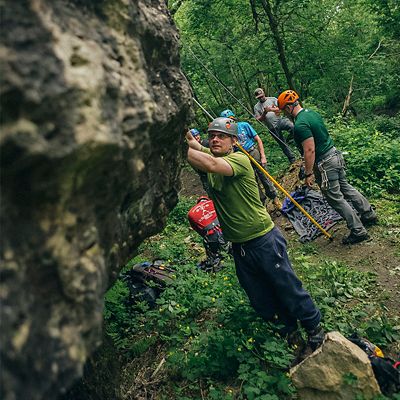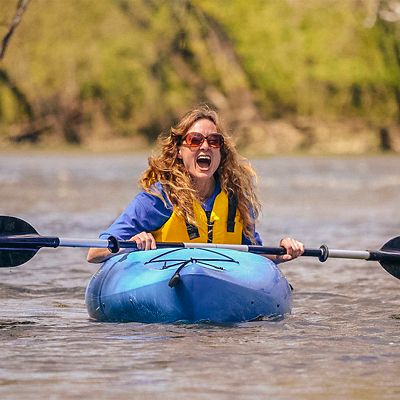6 Ways To Vote for the Outdoors in the 2022 Midterms
1) Educate yourself on relevant issues.
There are a number of environmental issues at stake in this year’s midterms. Three areas (Avi Kwa ‘Ame, Camp Hale, and the Castner Range) are up for National Monument Designation, which would make them a part of our national parks system. There’s also been a lot of discussion around drilling in the Arctic, so conservation-minded voters may want to look for representatives who have voiced opposition to resource extraction in wilderness areas.
Instead, look for candidates who promise to support renewable energy bills—like The Clean Energy for America Act or the Clean Energy and Sustainability Accelerator Act, which may soon be put to vote.
As for more local politics, Gallagher recommends researching new ballot measures before you get to the polls. Seemingly small changes—like switching local elections from odd years to even years, a measure Gallagher is currently advocating for in Boulder—have the potential to drastically boost voter turnout and therefore sway the outcome of future elections.
2) Research incumbent leaders.
“If your senator or representative is up for reelection, see how they voted on the recent reconciliation bill,” Gallagher suggests. If they voted ‘yes’ on that bill—which was called the Inflation Reduction Act and included some amazing conservation policies—that could be a sign that they’re pro-public lands.
Gallagher recommends giving your local leaders the same treatment. In Colorado, for example, you can look up your representative’s track record on the CORE Act, a sweeping conservation bill that would protect hundreds of thousands of acres of land. If your representative has vowed to support that bill—or another like it in your state—that could be a good reason to vote for them.
3) Look at your representatives’ environmental scorecards.
Gallagher also recommends looking at candidates’ environmental scorecards. These are reports that analyze how they’ve voted on conservation measures in the past. Several big nonprofit groups issue these kinds of scorecards for current elected leaders. (The League of Conservation Voters Environmental Scorecards are among the most popular and comprehensive.)
If a candidate is new to politics and doesn’t yet have an environmental scorecard, you may have to dig deeper. Read some recent news articles in which they explain their positions on climate, or scan the pages on their website where they discuss their proposed environmental policies.
4) Help get out the vote.
If you already vote every year, consider taking your civic duty to the next level and helping others do the same. Research shows that higher voter turnout—especially among young voters and voters of color—usually results in more votes for climate-action candidates.
You can help get out the vote in a number of ways, from volunteering at understaffed local polling places to joining letter-writing campaigns or texting campaigns. (Handwritten letters have been proven to be especially effective at increasing voter turnout.)
5) Join a local environmental group.
Gallagher also recommends working directly with environmental organizations in your neighborhood to see what campaigns they need help with ahead of the midterms. You could stand to gain a lot, too: Ever since she got involved canvassing and volunteering in her own hometown, Gallagher says she’s felt a stronger sense of place and deeper connection to her community than she’s ever had before.
“To start,” she says, “try finding out what local groups are trying to protect an open space in your area, and ask what you can do to get involved.”
6) Vote early.
Voting early is another way to increase your impact and ensure your voice is heard. Early voting helps give your favorite candidates more time to understand their constituents’ leanings and focus their campaign efforts accordingly. It’s also a better deal for voters: if you can’t get off work on Election Day (Nov. 8), early voting gives you more opportunities to find time. Plus, polling places are generally less crowded on early-voting days than they are on Election Day.
Another benefit of voting early? It gives you time to fix or correct your ballot if it gets flagged for a typo or missing signature—technicalities that can disqualify a vote from being counted. (You can sign up for alerts for mail-in ballots at ballottrax.com or with your local election office.)
But, at the end of the day, it doesn’t matter when you vote as long as you make sure to do it, Gallagher says. “Voting is the best way we can give back—and to build a legacy of leaving America better than we found it.”



